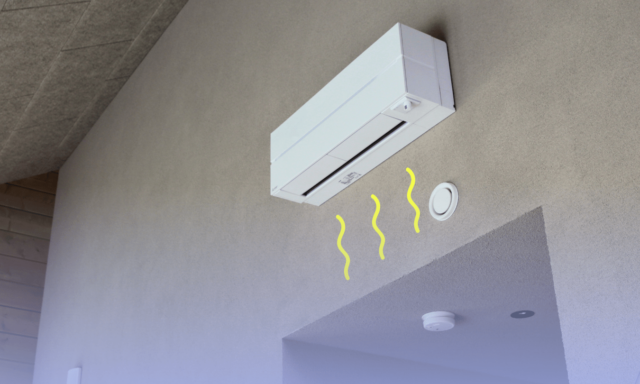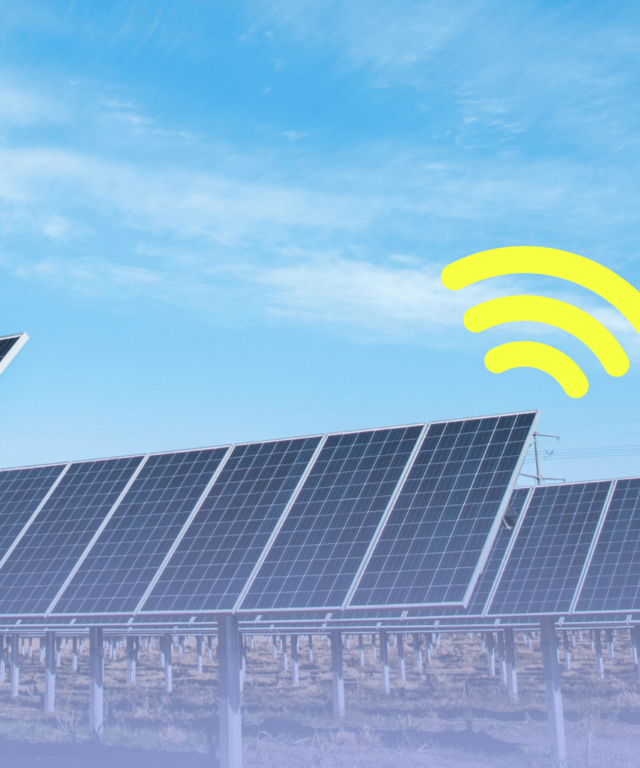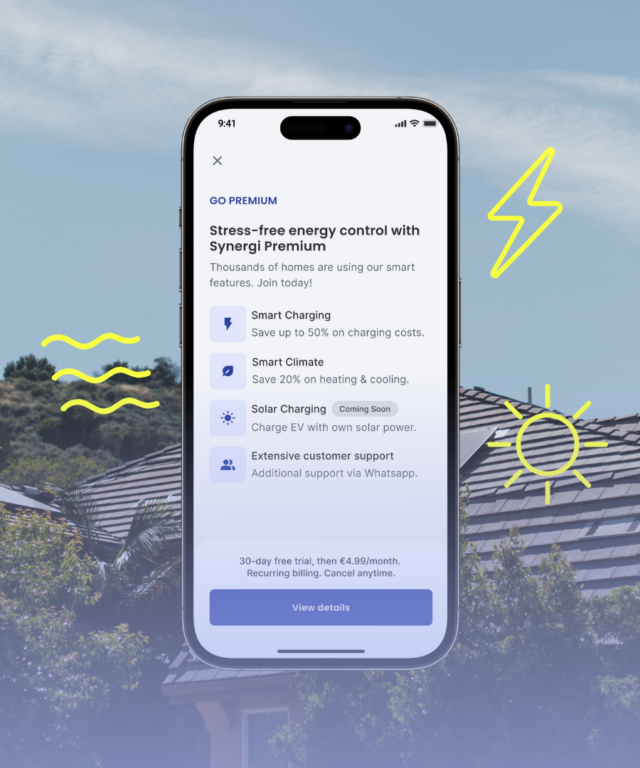In most homes, heating and cooling is a significant electricity expense. Therefore, devices such as heat pumps have become an ideal solution to help households be more efficient with their electricity usage.
However, heat pumps have been around for a very long time, yet older models don’t have the capabilities of further optimizing consumption because they are not “smart” or connected. Connected heat pumps are devices connected to the internet. Only 23% of all heat pumps today are connected to the internet, and hardly any can be controlled remotely.
This blog post will explore the different options for turning your air heat pump into an intelligent, environmental device.
Why make your air heat pump smart?
Before diving into the how-to, let’s understand why upgrading your air heat pump with smart capabilities is a wise decision:
- Energy Efficiency
Smart heat pumps can optimize energy usage by adjusting settings based on real-time data, leading to lower utility bills and reduced environmental impact.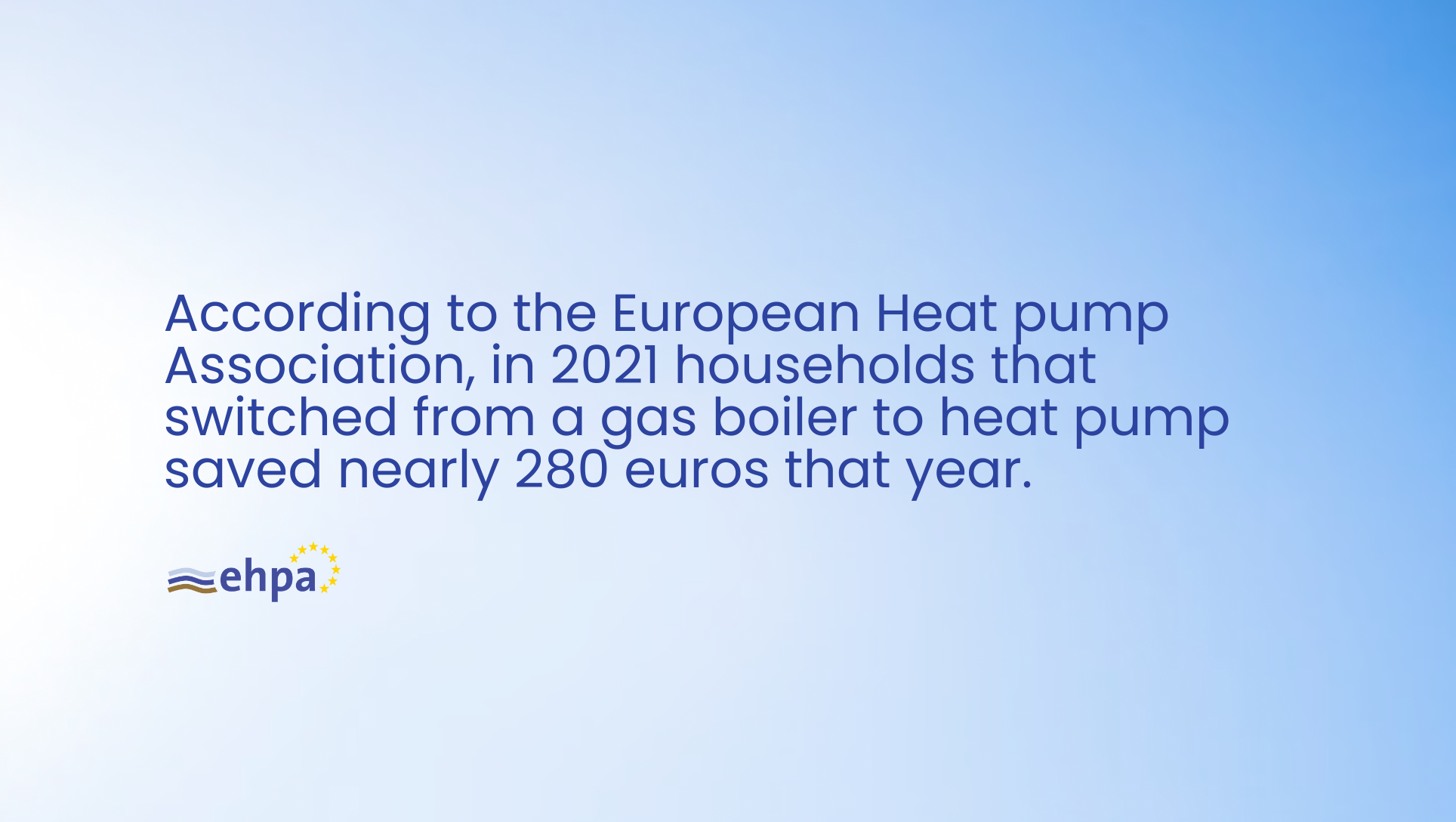
Source: EHPA - Remote Control
With smart features, you can use your smartphone to control your heat pump from anywhere, ensuring your home is at the desired temperature when you arrive. - Integration
Smart heat pumps can be integrated into your home automation system or other software solutions, allowing you to create custom routines and control multiple devices with a single command. - Data Insights
Many solutions offer data tracking, helping you monitor energy consumption, track temperature changes, and optimize your heating and cooling settings for maximum comfort and savings.
How to prepare your heat pump for smartness?
Assuming you have the heat pump at home or in your cottage, there are two ways to make it save energy: internal and external smart features.
Internal
These features revolve around temperature scheduling and the mode of the device. You can find these settings in the air pump remote. Most models might hide these settings under the “advanced” settings panel, labeled as timer or schedule. The main advantage of internal smart features is that the pump does not require external connections. No additional setup or hardware is needed, making it a viable solution for locations such as summer cottages without an internet connection.
External
These smart features require the pump to connect to the outside world. There are three ways to achieve this:
- A natively supported heat pump
- A manufacturer-specific extension card
- An infrared-based smart remote
A natively smart heat pump is a device with built-in WiFi. Until recently, only the most expensive appliances included this feature. Most air heat pumps sold in hardware stores have built-in WiFi support.
Older and cheaper models usually don’t have native internet capabilities but can be upgraded with a manufacturer-specific extension device. At least Mitsubishi and Hitachi provide ready-made solutions for this, with reasonably simple self-installation procedures. These devices bridge between the device and the home WiFi router.
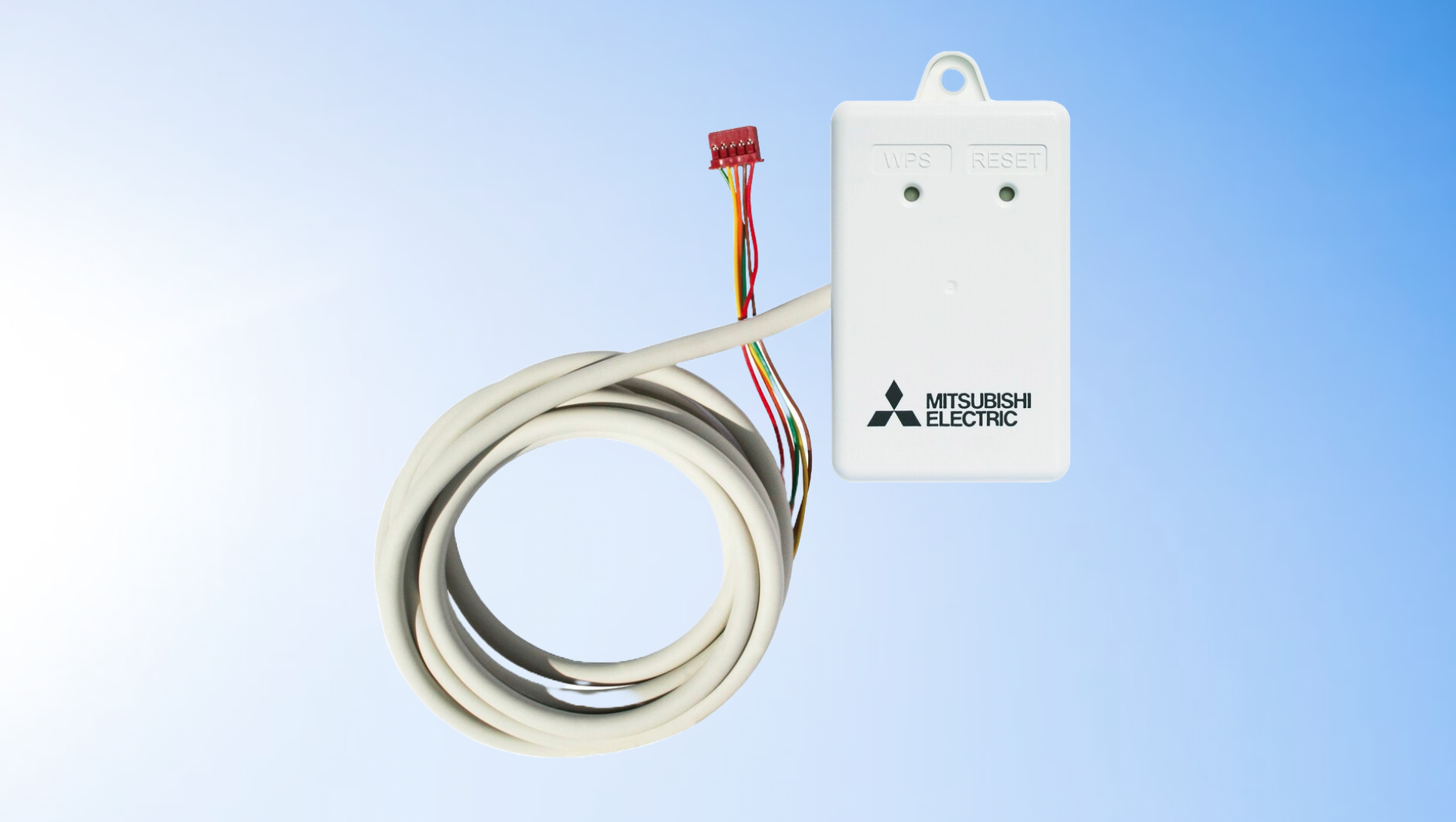
If your air pump manufacturer does not have one, worry not! Multiple general-purpose infrared remotes, such as Sensibo or Tado, allow you to connect any heat pump to the internet. The logic of these is relatively simple: the remote is connected to the internet, set to a visible distance from the heat pump, and finally connected to the heat pump with infrared. These devices generally work with any heat pump, but we recommend you check the device’s website to make sure.
The heat pump talks to the cloud. What’s next?
The last step is to figure out the software solution you’d like to use to control the heat pump remotely. While many manufacturers provide their applications, most lack features, and the interface could be more user-friendly.
But, as the heat pump is now connected to the internet, you can choose any service to control the device. By using your manufacturer’s cloud login credentials, you can link your device to a smart electricity app like Synergi‘s, unlocking new optimization possibilities. For example, optimizing heat pump temperature according to real-time electricity prices so you can save money.
There is good news if you want to go further down the rabbit hole. Most of these systems are compatible with HomeAssistant, an open-source home automation framework. While HomeAssistant is highly customizable and provides many integrations, even highly technical users might need help setting it up.
Finally, one option is to integrate directly into smart home ecosystems like Apple HomeKit or Google Home for even more frictionless control with your smartphone or smartwatch. This is especially useful if your home is set up in one of these ecosystems.
Connecting your heat pump to the cloud couldn’t be easier
In conclusion, making your air heat pump smart is a smart move for energy efficiency and convenience. The possibilities are endless, whether you choose manufacturer-specific options, third-party devices, or open-source solutions. As you explore the smart world for your heat pump, remember to consider the software that best suits your needs. And if you ever seek an easy-to-use, energy-efficient solution, Synergi is one option worth exploring. Enjoy the benefits of a smarter, eco-friendly home heating and cooling system!
Get the Synergi app and start saving on your electricity bill! Here’s how:
- Get the app and connect your devices: Download the Synergi app and connect your devices. You don’t need any extra equipment.
- Change settings and preferences: Set up and use the smart features you want! Set preferences for smart charging, set limits for home heating & cooling systems, and more coming to the app soon!
- Enjoy the savings: Sit back and save money as Synergi adjusts your electricity use to cheaper times.

